Insight |
Collections
Filters
-
Collection Type
-
-
Collection |
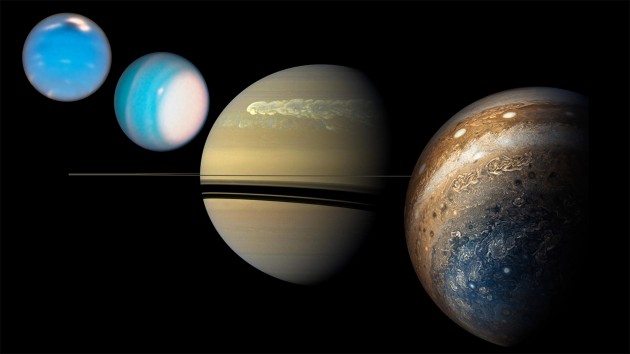 Planetary Interiors
Planetary Interiors
Recent years have been an exciting time to unravel the mysteries of planetary interiors. A number of ongoing international space missions, ever evolving new technologies and numerical methods, and re-analysis of existing data are allowing us to gain new insights on the internal structures of planetary bodies.
Image: From closest to furthest (or right to left) respectively: Jupiter (Juno perijove 6, Credit:NASA/SwRI/MSSS/Gerald Eichstädt/Seán Doran); Saturn during the great storm of 2010–2011 (Cassini, Credit: NASA/JPL-Caltech/Space Science Institute); Uranus and Neptune (Hubble, Credits: NASA/ESA/A. Simon (NASA Goddard Space Flight Center), and M.H. Wong and A. Hsu (University of California, Berkeley)). -
Focus |
 Diversity, Equity and Inclusion best practices and solutions
Diversity, Equity and Inclusion best practices and solutions
This issue’s Focus puts the spotlight on individual, institutional and international actions that are working today toward increasing diversity, equity and inclusion in astronomy and more generally in science.
Image: CSIRO/ Alex Cherney -
Collection |
 Nobel Prize in Physics 2019
Nobel Prize in Physics 2019
We present this Collection of research, review and comment from Nature Research to celebrate the award of the 2019 Nobel Prize in Physics to James Peebles “for theoretical discoveries in physical cosmology” and to Michel Mayor and Didier Queloz “for the discovery of an exoplanet orbiting a solar-type star”. Together, these discoveries have changed the way we view the Universe, and our place within it.
Image: Springer Nature/The Nobel Foundation/Imagesource -
Collection |
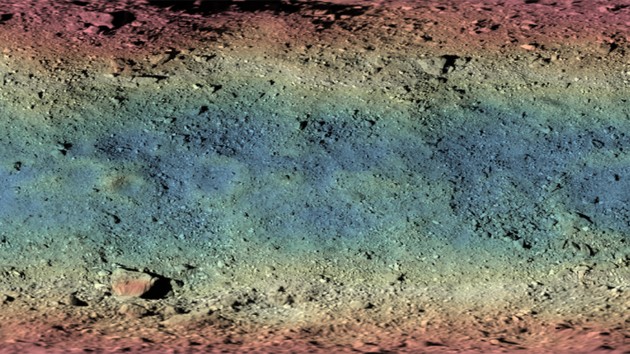 OSIRIS-REx mission to Bennu
OSIRIS-REx mission to Bennu
On 31 December 2018, NASA’s Origins, Spectral Interpretation, Resource Identification, and Security-Regolith Explorer (OSIRIS-REx) spacecraft began to orbit the asteroid (101955) Bennu, a near-Earth asteroid believed to harbour organic molecules and hydrated minerals.
Image: NASA/OSIRIS-REx/OCAMS -
Collection |
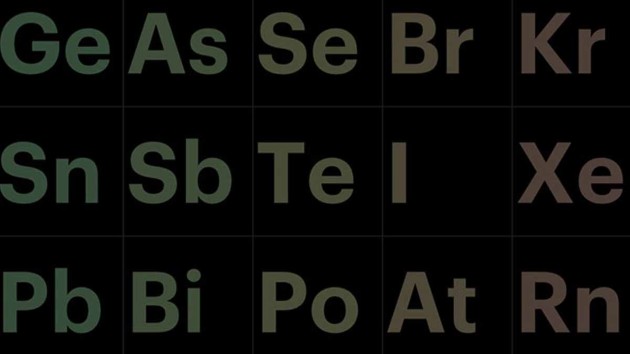 The International Year of the Periodic Table
The International Year of the Periodic Table
Nature Research celebrates the International Year of the Periodic Table
-
Insight |
 Black Holes
Black Holes
Black holes were theoretically established in 1915, shortly after Albert Einstein published his theory of General Relativity. Since then, observations have confirmed black holes as actual astrophysical objects.
Image: DESY, Science Communication Lab -
Focus |
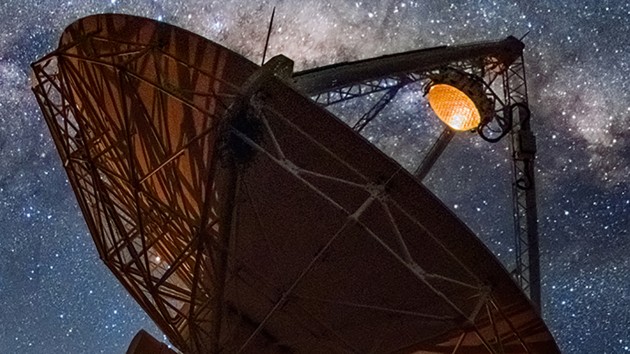 Fast radio bursts
Fast radio bursts
Fast radio bursts are very energetic and so far sporadic radio signals that are of unknown — but probably cosmological — origin. This Nature Astronomy Collection brings together a Perspective (from Duncan Lorimer, the discoverer of FRBs) and a Review Article on the topic, along with comment and discussion on this rapidly moving field.
Image: CSIRO/Alex Cherney -
Focus |
 Astronomy for development
Astronomy for development
Astronomy has the power to bring about development where it is needed. Establishing groups of professional astronomers, technicians, engineers and other highly trained staff can provide ongoing economic and educational stimulus to a region.
Image: Lost Horizon Images/ Cultura Creative (RF) / Alamy Stock Photo -
Collection |
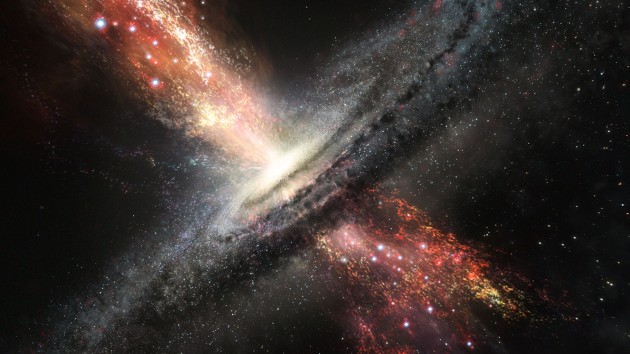 AGN outflows & feedback
AGN outflows & feedback
This collection and the corresponding Nature Astronomy focus issue on AGN outflows and feedback bring together newly commissioned content and original scientific research that try to elucidate our current understanding of AGN feedback.
Image: ESO/M. Kornmesser -
Collection |
 First year anniversary collection
First year anniversary collection
In January 2017, we published the first issue of Nature Astronomy, a new journal for the astronomy, astrophysics and planetary science communities. In this collection, we showcase some of this content, divided into four broad categories according to topic. We look forward to another exciting year ahead of us.
Image: NASA/CXC/SAO/R. van Weeren et al.; NCRA/TIFR/GMRT; NAOJ/Subaru. Maurizio Pajola et al. ESA/Rosetta/MPS/OSIRIS MPS/UPD/LAM/IAA/SSO/INTA/UPM/DASP/IDA ESO/S. Guisard (www.eso.org/~sguisard) FOXSI team (UC Berkeley/NASA/JAXA), JAXA/NAOJ NASA/JPL-Caltech/Robert Hurt -
Focus |
 Careers beyond academia
Careers beyond academia
The number of PhD graduates in astronomy and planetary science far exceeds the number of available permanent academic or research positions in many countries, meaning that many excellent researchers choose to follow career paths outside of academia. In this Focus Issue, we highlight a range of available careers, both astronomy-related and not.
Image: DrAfter123 / DigitalVision Vectors / Getty images

 A Spitzer retrospective
A Spitzer retrospective